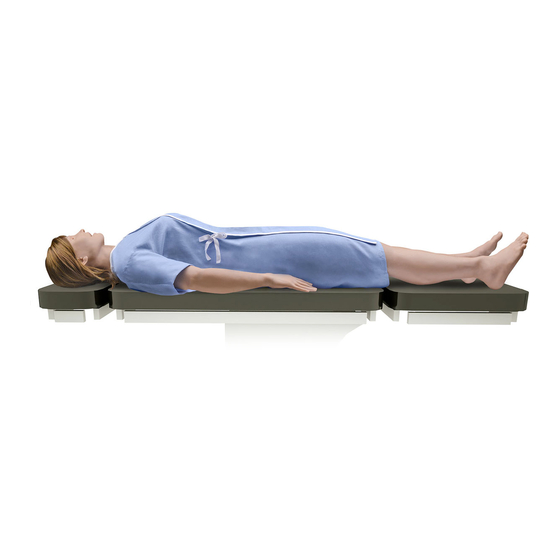
User Manuals: CAE Athena Female Patient Simulator
Manuals and User Guides for CAE Athena Female Patient Simulator. We have 1 CAE Athena Female Patient Simulator manual available for free PDF download: User Manual
CAE Athena User Manual (284 pages)
Female Patient Simulator
Brand: CAE
|
Category: Medical Equipment
|
Size: 6 MB
Table of Contents
Advertisement
Advertisement
